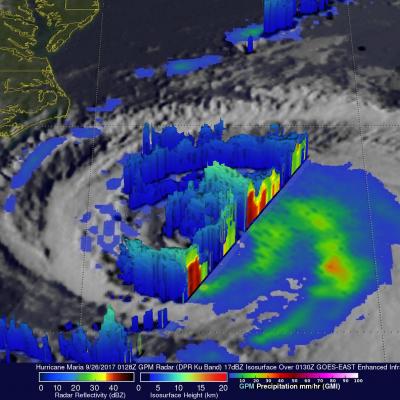PPS Announcing tkio-3.80.29 Release
PPS is releasing version 3.80.29 build of the PPS TKIO toolkit for GPM Version 5 products and TRMM Version 8 data products This can be found at: ftp://gpmweb2.pps.eosdis.nasa.gov/pub/PPStoolkit/GPM/tkio-3.80.29/ The direct link to the tar file can be accessed here: ftp://gpmweb2.pps.eosdis.nasa.gov/pub/PPStoolkit/GPM/tkio-3.80.29/tkio-… The most recent changes are in metadata: 3GSLHT cu3cw 3HSLHT cu3cw Other changes are noted in the release notes documents in the FTP directory. Please contact us for any questions.


